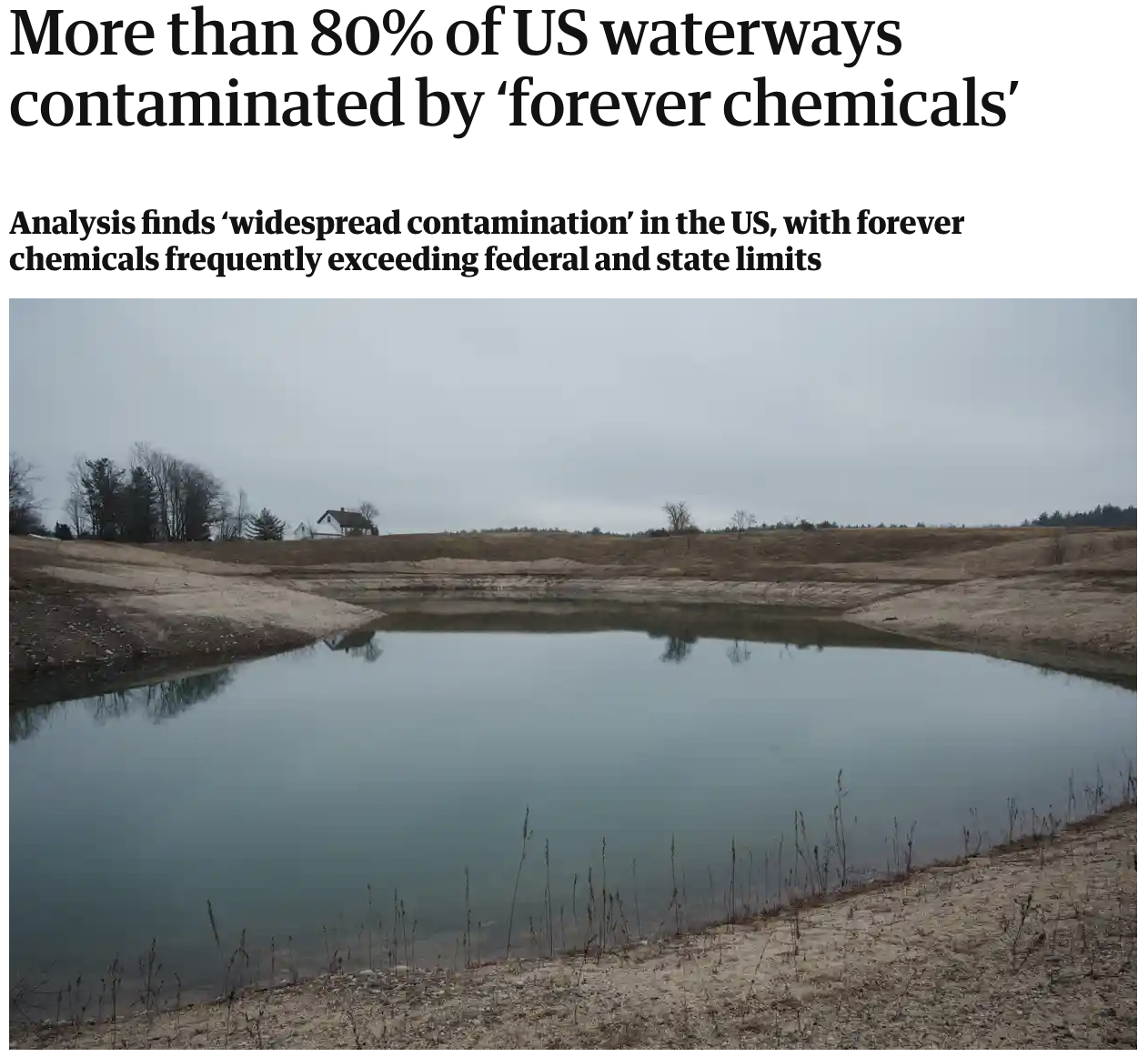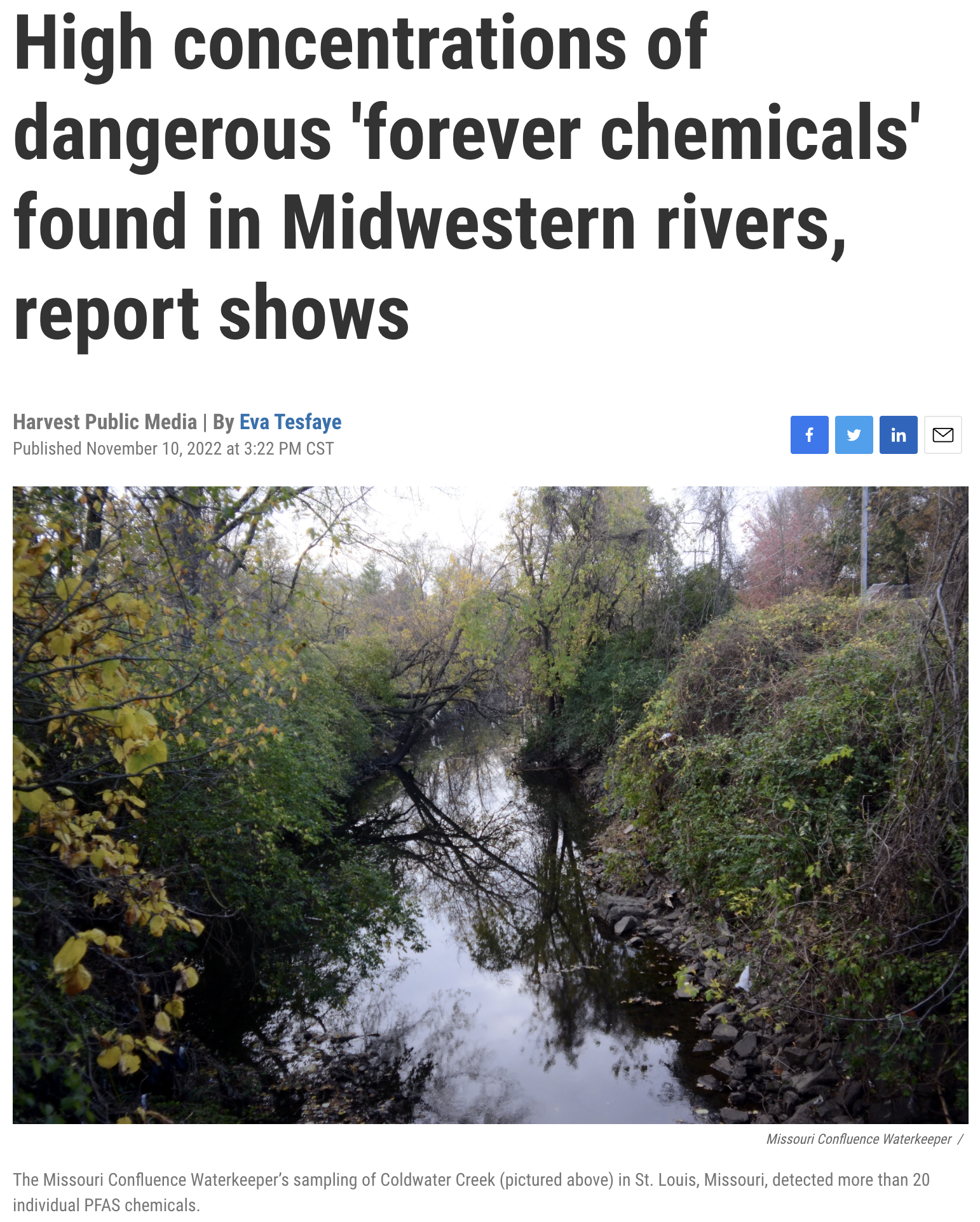PFAS resources.
Environmental Working Group has put together two maps showing confirmed and suspected sources of PFAS contamination. These include the usual suspects – airports, industrial sites, and places where PFOS and PFOA were manufactured or stored in the past. One of these sites is 3M’s Nevada plant in Vernon County. Other plants in Alabama and Minnesota are confirmed sources of groundwater contamination that have subjected 3M to hundreds of millions of dollars in liability. Major manufactures of PFAS are not the only sources of contamination, however. PFAS has been found in sewage sludge, and even in fertilizers for home gardens.
The EPA has released a PFAS roadmap, drinking water health advisories, and a proposed regulation designating PFOA and PFOS as hazardous substances under CERCLA (the “Superfund” cleanup law). Missouri’s DNR has encouraged drinking water utilities to participate in voluntary PFAS testing, and the results of this testing can be viewed on this map. Unfortunately, DNR’s voluntary testing program only looks for the four most prevalent PFAS chemicals, out of a total of over 9,000. From our testing we know that PFAS other than PFOA, PFOS, PFBS, and GenX are present in Missouri’s rivers and streams. We also know that the PFAS DNR isn’t testing for pose similar health risks.
Articles:
Research:
Microplastic Contamination in Karst Groundwater Systems: Plastics present a serious worldwide environmental problem. This article provides evidence that microplastics are present in karst groundwater.
Marine litter plastics and microplastics and their toxic chemicals components: the need for urgent preventive measures.
Websites:
Adventure Scientists Global Microplastics Initiative




